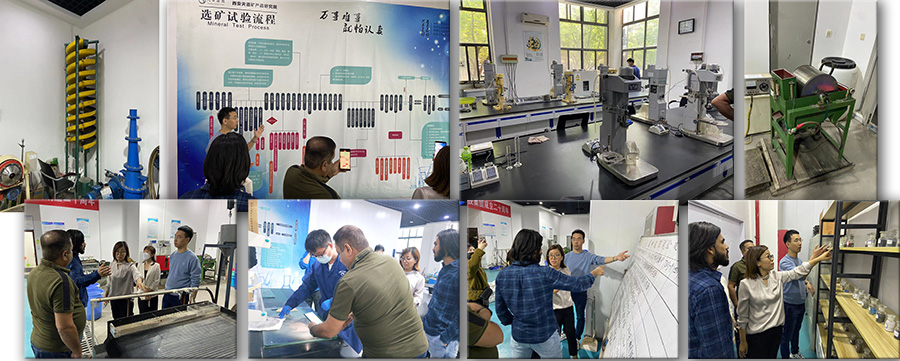Why Choose Dasen Mining for Your Ore Beneficiation Trials?
A Comprehensive Guide to Sample Preparation and the Importance of Regular Sampling
In ore beneficiation, accurate sample preparation is paramount for reliable analysis and successful trial outcomes. This article delves into the essential steps involved in sample processing, highlighting the significance of regular sampling and inspection in ore beneficiation plants. Additionally, we explore the professional services offered by Dasen Mining and the advantages of their laboratory procedures.
Understanding Sample Preparation
Sample preparation for ore beneficiation trials encompasses several critical steps to ensure representative samples. These steps include:
- Crushing: Reducing particle size for uniform dispersion.
- Screening: Separating fine and coarse particles.
- Homogenization: Ensuring a uniform mixture.
- Sample Reduction: Obtaining manageable sample sizes.
The Importance of Regular Sampling and Inspection
Regular sampling and inspection are vital for maintaining efficient ore beneficiation plant operations. Key factors monitored during technical inspections include:
- Quantity Metrics: Assessing ore processing capacity, concentrate production, and metal recovery rates.
- Quality Metrics: Analyzing ore grade, concentrate grade, and moisture content.
- Power and Raw Material Consumption: Monitoring resource usage for optimization.
Dasen Mining offers a range of professional services in ore beneficiation, backed by state-of-the-art laboratory facilities and experienced technicians. Their rigorous quality control measures ensure accurate and reliable test results.
Key advantages of choosing Dasen Mining include:
- Advanced laboratory equipment
- Experienced technicians
- Rigorous quality control
- Customized solutions
By entrusting your ore beneficiation trials to Dasen Mining, you can benefit from their expertise and ensure the accuracy and reliability of your results.
Whatsapp:+86 133 1927 7356
Email:[email protected]


